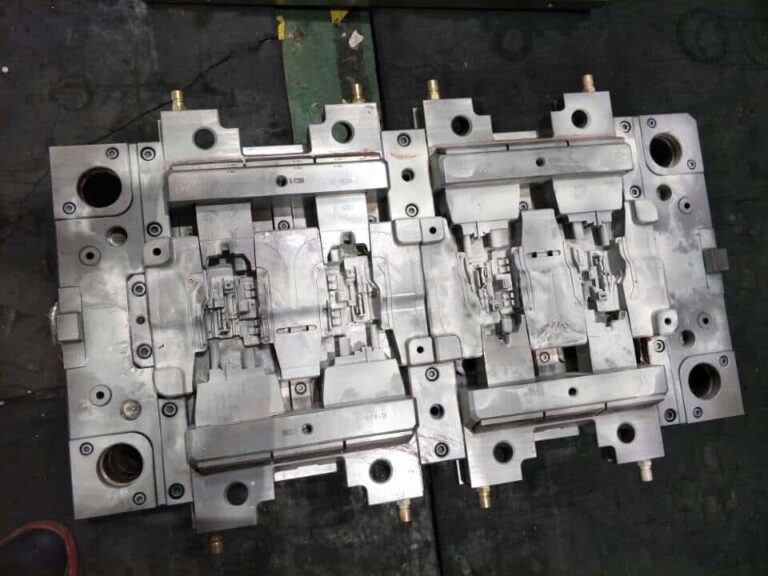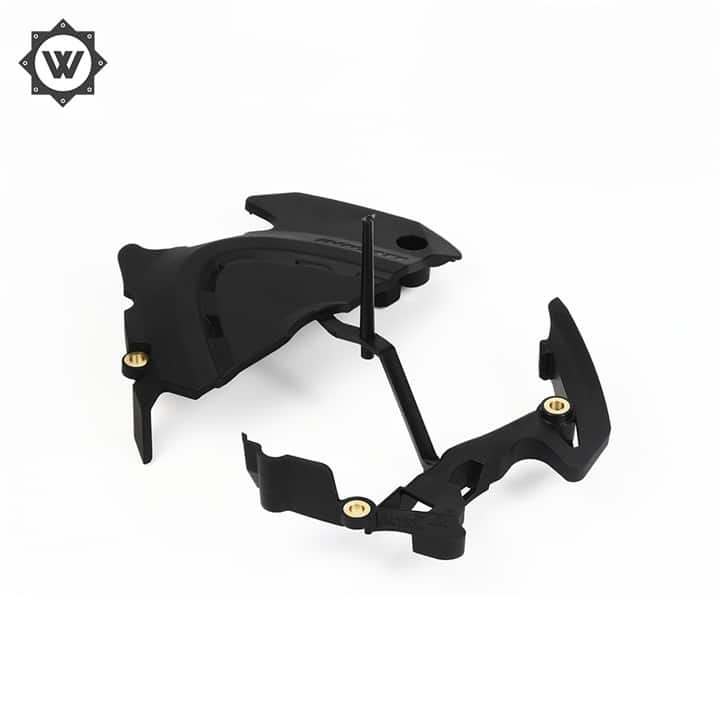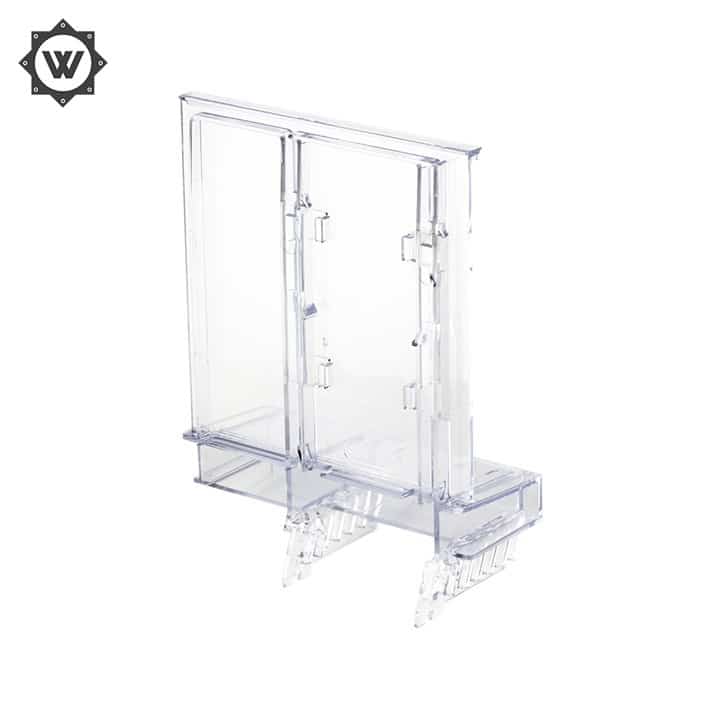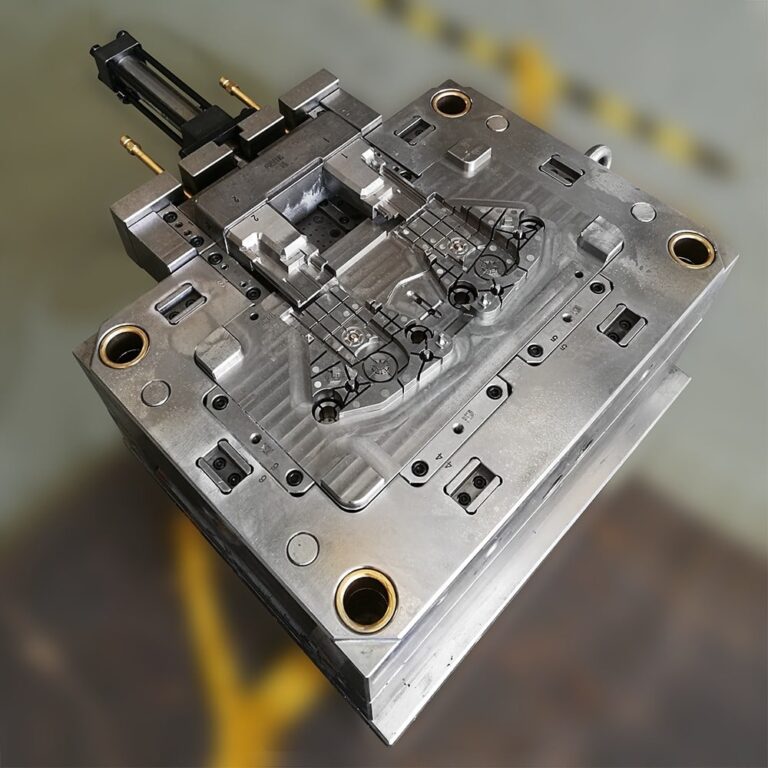What are the types of TPE overmolding?
When it comes to TPE overmolding, as the name implies, it is the TPE soft rubber material overmolded to other materials. TPE is soft and coated on the outside of the hard rubber material to make it feel comfortable and not sticky. In addition, it has some anti-slip properties, which improves the grip performance. It is suitable for making various handles, grips and grippers, such as golf club handles, tool handles, toothbrush handles, TPE glue wrapped sports equipment, etc. However, the types of TPE wrapping glue used in the production of different products are different.
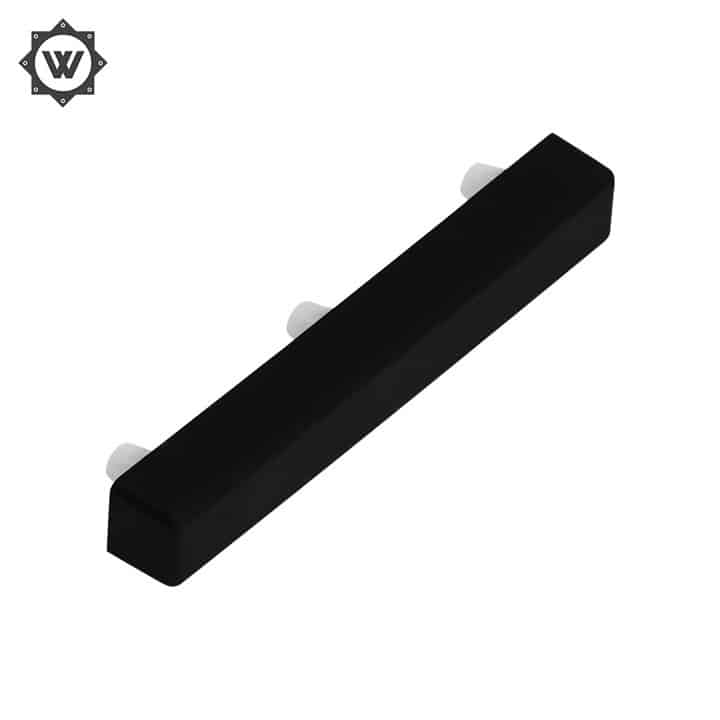
1、True wrapping glue: TPE and plastic, metal and other materials, through chemical action, such as molecular level penetration, polar group reaction link bonding or similar hydrogen bonding, the bonding interface between the two materials to form a solid fusion or bonding effect, without the help of any mechanical physical action. The bonding with the metal overmoulding is done directly by injection molding without the help of adhesives.
This type of processing, usually TPE and metal parts are the whole package, and TPE hardness as high as possible (70 ~ 80A and above), in order to achieve a certain package effect, because the TPE and metal package, there is no real sense (chemical and molecular level) on the bonding, completely by means of a certain strength of TPE, the metal wrapped. In addition, the surface of the metal parts have grooves, holes (such as nuts, shanks), will be more conducive to TPE and metal parts to form a relatively strong bond.
2、False package: TPE and hard materials (plastic, metal or other materials) between the purely physical and mechanical bonding with the help of holes, grooves and other clips, rather than simply rely on the chemical level of bonding of the two materials. There is no molecular level of penetration directly on the bonding surface of the two materials, the reaction of polar groups linking the bond or similar hydrogen bonding (van der Waals force).
Sometimes some special products, the rubber material can only partially cover the corresponding position of the metal parts, so that it is not conducive to TPE and metal parts to form a more solid bond. It is a common idea to apply a layer of adhesive to the metal surface at the location where the rubber is to be wrapped. But in fact, due to the different molding process of TPE and rubber, it has an important influence on the bonding strength of rubber parts and metal parts. The choice of adhesive type is very important for this type of metal products, in addition, the structure of the metal wrapped position and the hardness of the TPE are also factors to be considered and evaluated.
Types of TPE covering.
1、TPE wrapped ABS material
The basic formula of TPE covered ABS material is: SEBS + SEBS + TPU + white oil + additives + fillers. The specific formula is as follows, the composition ratio is adjusted according to the actual cost and the desired effect.TPU itself is hard and poorly flexible, but TPU is a very polar thermoplastic elastomer with good adhesion to ABS polar engineering plastics. By adding a modifier (TPU) to the formulation, the polarity of the TPE overmolded material can be improved, thus improving the adhesion between the TPE and ABS. As the hardness of TPU is very high (Shore A:82), adding TPU to the mixture will increase its hardness, and the hardness of the material will increase with the increase of TPU content
Application areas: various tool handles, grips, game machine handles, electric toothbrushes, thermometers, audio knobs, electrical housings, instrument housings, electronic scanner housings, etc.
Second, TPE covered PP material
PP is a weak polar plastic, and the polarity of TPE with SEBS base material is very close. All TPE soft rubber materials with SEBS base material have good molding effect, it is not recommended to choose TPE coated with SBS as base material. the hardness of TPE coated PP material is generally around 20~90a, and the color is divided into black, natural and transparent particles. TPE coated PP can improve the comfortable touch and elasticity of the products, increase the anti-slip of the products and improve the grip of the products. The secondary injection temperature of TPE coated PP material: the recommended secondary injection temperature is 180~220℃
Application areas: daily-use products (such as combs, toothbrush handles, kitchenware handles, cutlery handles, hardware tools), folding garbage cans, sports equipment, folding basins, luggage handles, kitchenware items, folding bathtubs, cutlery products, industrial casters, folding cutting boards and other products that need to be coated with glue
Three, TPE coated PA material
The specific gravity of TPE coated PA material is 1.04~1.06, the melt index is 18~28g/10min (5kg, 190℃), the elongation at break is 126~294%, the hardness is 30~80 (A).TPE coated material has excellent physical properties and fluidity. It has good bonding/bonding effect with PA nylon, easy injection molding and wide adaptability. Suitable for bonding with nylon PA6, PA66, PA12, PA6+GF and PA66+GF
Application areas: various home appliance shells, electric irons, power tools, hand tools, instrument shells, instrument shells, two-color handles and other product areas
Fourth, TPE covered PS material
The bonding effect between TPE covered material and PS is good and firm. The appearance of transparent or natural color particles, hardness can be selected in the range of 30 ~ 80 A. TPE cover material has rubber resilience, good adhesion with PS, good abrasion resistance and scratch resistance. tpe materials feel comfortable and smooth, good material flowability, easy to process molding. tpe cover material does not contain halogen, nonylphenol NP, PAHs, PAHs, plasticizers 16p and 6p, in line with RoHS and REACH directives
Application areas: razor handle, jump rope handle, plastic packaging, electronic digital products accessories, hardware tools products, sports and fitness equipment accessories,,, tool handles, cutlery handles, power tool handles, sports equipment handles.

